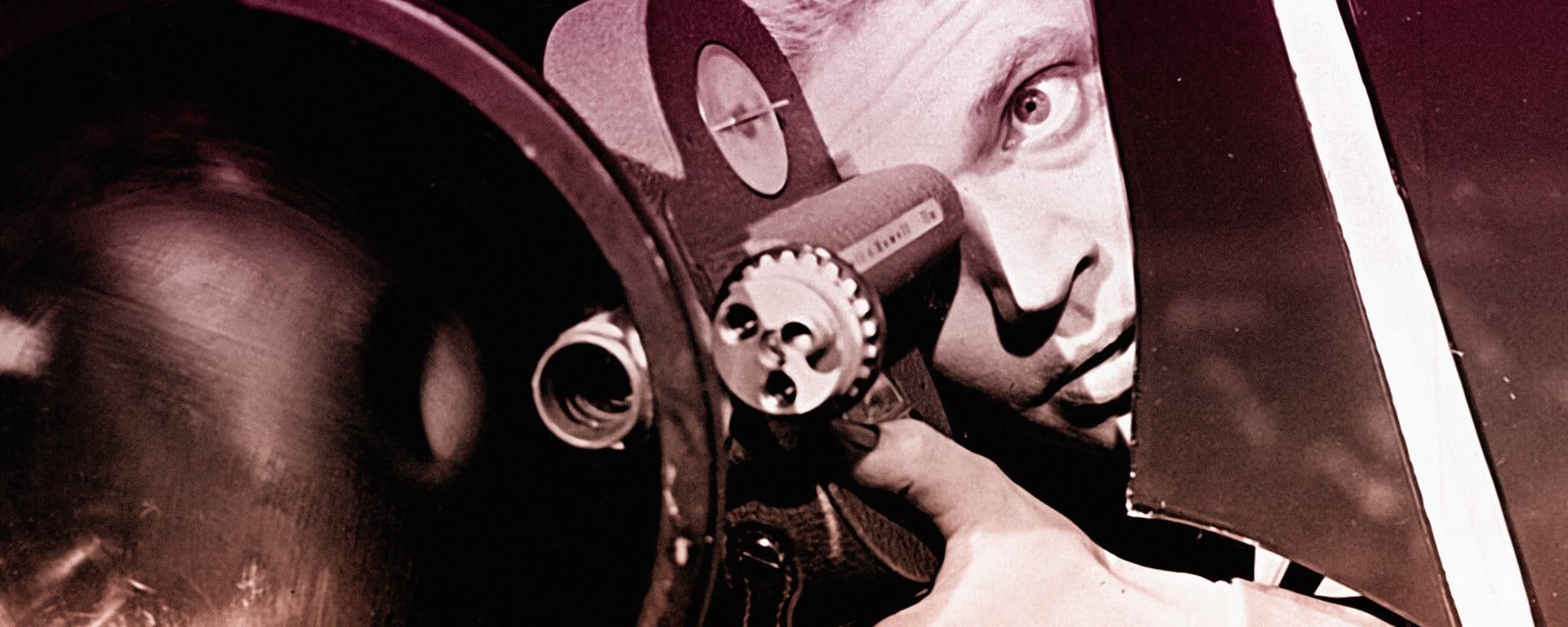
Peeping Tom
After a long and generally successful association working with Emeric Pressburger in their company called The Archers, in 1960 Michael Powell (without Pressburger) directed what is now considered to be amongst his best work, Peeping Tom, in which a psychopathic killer films his victims at the point of their death.
What Powell could not have anticipated was the deluge of criticism with which the film was greeted by critics and public alike. The general reaction was a mixture of repulsion and disgust – not least over the casting choice of Powell's own son, Columba, as Mark as a child, with Powell himself playing the dictatorial father of the hapless child who in adulthood becomes a serial killer. Powell had chosen to use his son in the film because he thought he would get a more realistic performance from the boy than if he had used a child actor. But there was a strong reaction to the scenes which present Mark's father conducting experiments on the child as part of his study of the psychology of terror.
Powell's claims that Columba had in fact enjoyed the filming failed to mollify his critics. He was taken aback by the force of the criticism commenting that "it was a very tender film...almost a romantic film". What also seemed to have disturbed reviewers was the implication that there is something sinister in the act of filming, the camera presented as a weapon, with suggestions throughout the film of voyeurism with the audience becoming complicit in the act of murder. Michael Haneke's 1998 film Funny Games was to cover the similar territory years later but with less vitriolic reactions from critics and public.
Condemnation of Peeping Tom was almost universal, with Sunday Times critic Dilys Powell describing the film as "essentially vicious" and other critics being less generous in their views – " the sickest and filthiest film I can remember seeing" was a fairly typical response.
Anglo-Amalgamated, who had financed the film, were alarmed at the furore and curtailed the film's UK distribution, selling it on. The film resurfaced in the United States and Europe a couple of years later but in a cut version.
When the film arrived at the BBFC in 1960, seven cuts were made in order to allow the film to be classified at X. These included curtailing scenes of the murder of a prostitute and of Mark's suicide; the removal of shots of a nude woman; removal of sight of a woman's disfigured face; reducing the scene in which Vivian is murdered, in particular the focus on the spike that kills her; removing shots and dialogue references to a woman's bruises and some dialogue cuts in a conversation between police officers; reducing emphasis on the killer spike in a conversation between Mark and Mrs Stephens and removing shots of Millie on a bed.
A video version of the film arrived at the BBFC in 1989, apparently the same cut version that had been classified on film. There followed a lengthy delay, as an attempt was made to locate the footage that had been cut from the original negative. This search proved fruitless and the 18 video classification was finally confirmed in1996.
Powell’s reputation suffered from the critical reaction to the film and it wasn’t until the 1970s that Martin Scorsese led a revival of the film, distributing it in the US, and initiating a reassessment which has reinstated Powell as a director who commands respect.
In 2007, the DVD version received a modern age rating of 15.